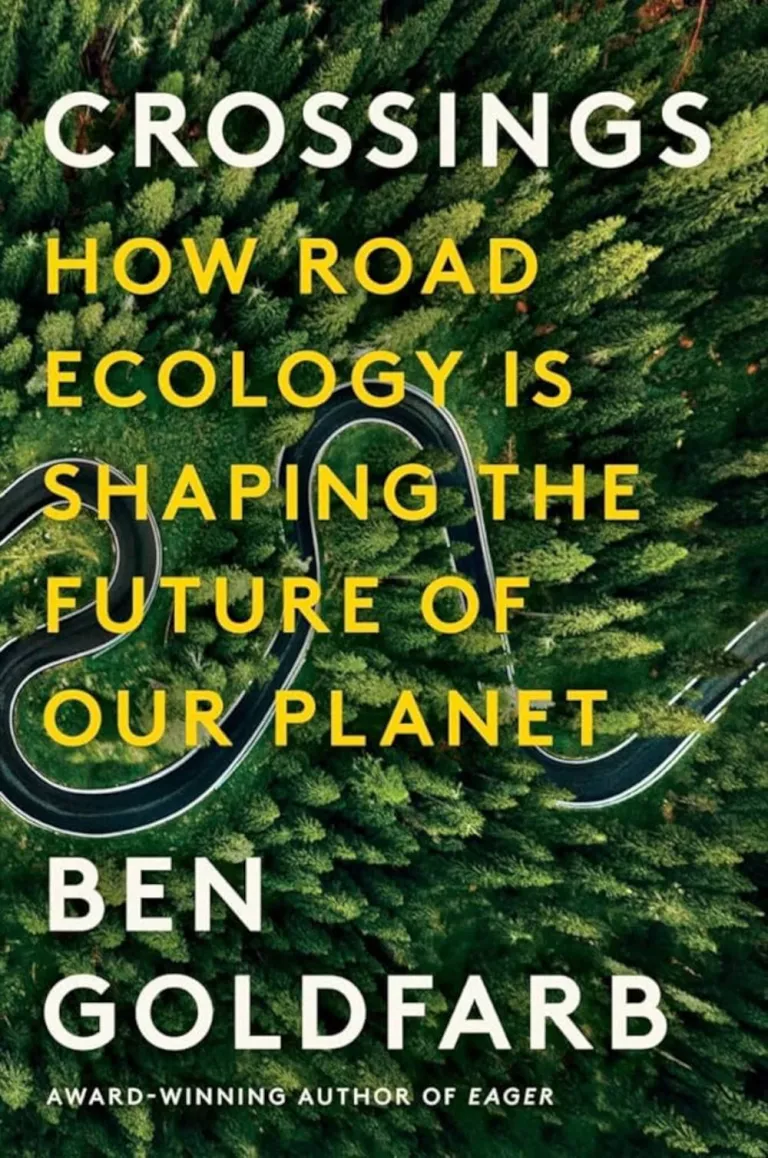All Our Blogs / Blog for Articles / "Canyon Echo Summer 2024" ...
Book Review: "Crossings: How Road Ecology is Shaping the Future of Our Planet" ~ by author Ben Goldfarb
~ reviewed by Stan Bindell
Environmental author Ben Goldfarb makes the case in Crossings: How Road Ecology is Shaping the Future of Our Planet that the 40 millions of miles throughout the world that connect humans also kill millions of wildlife either by road kill or disconnecting them from their habitats.
These roads also aren’t always good for humans, as many die in vehicle crashes each year. But Goldfarb and others around the planet have found creative solutions that help begin to address the problems.
In Arizona, we’ve heard of overpasses that allow elk or deer to pass over highways and cut down on crashes that kill humans and wildlife. But these “bridges” for wildlife take many forms and there are some in many places throughout America and many countries around the world. Some are bridges above highways and some are underground. Various trees and shrubs have been planted on some of these byways to entice the wildlife to use them.
Underground tunnels have been used by western toads and cascade frogs. Culverts have been used by salamanders. Underpasses have also been used by bears and cougars.
Many tribes have also used these wildlife friendly bridges, including the Snoqualmine in Washington State. California has used wildlife bypasses for mountain lions. Syracuse and other eastern cities have also used these wildlife byways, and more of these are popping up throughout the U.S. President Biden’s bipartisan infrastructure bill provided $350 million for these wildlife byways.
Brazil has extensive wildlife byways after many complained about what their extensive highways were doing to wildlife. England has used underground tunnels for toads.
Taiwan built thousands of miles of roadside netting to protect the beloved purple crow butterfly.
Goldfarb makes the practical point that roads cannot be eliminated, but actions can be taken to save many types of wildlife. The question the reader should be asking: How can I create a byway that would help the wildlife in my community and what would that byway look like?
You can reach Stan Bindell at thebluesmagician@gmail.com
